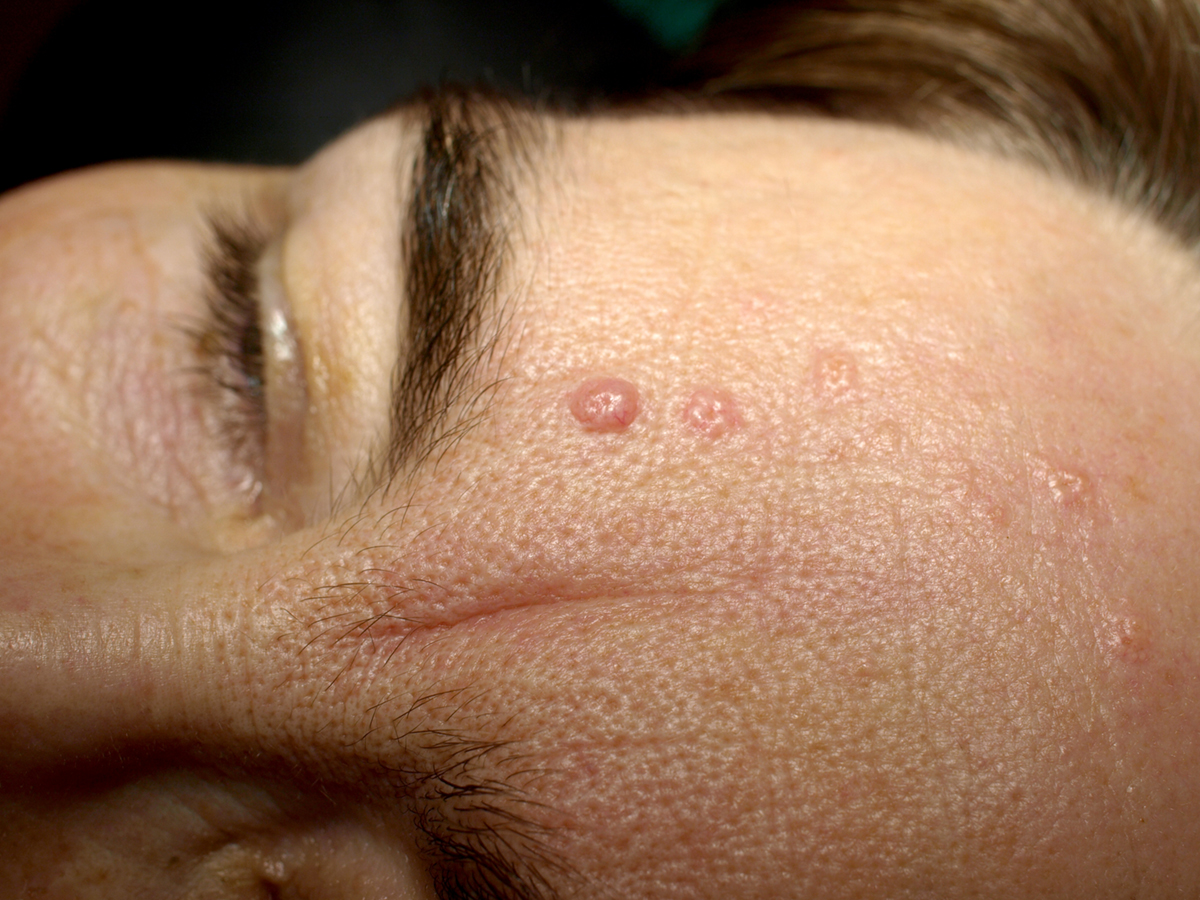
Seborrheic dermatitis is a type of eczema that is fairly common and affects the oil glands of the skin.
Human skin contains two types of glands - sweat glands and oil glands. Sweat glands produce sweat as a way of cooling the body at high temperatures and of exposing of the waste substances. Oil glands, however produce oil called sebum which lubricates the skin and the hair, nourishes and moisturizes it.
In seborrheic dermatitis the sebaceous glands produce more substance, which turns yellow and resembles puss. This kind of activity of sebaceous glands indicates that the immune system is working overtime due to increased amount of toxins that needs to be expelled. This basically means that there are too many toxins in the body and that issue needs to be addressed. It may also mean that there is a deficiency or that the body needs replenishing.
Seborrheic dermatitis, unlike atopic or contact dermatitis, is caused by an internal factor, most commonly some aspect of the diet. For most people who have problems with this condition the reason is a diet rich in saturated fats, processed sugars and junk food. Some kinds of junk food cause candida overgrowth that in turn causes eczema flare-ups.
This skin condition is most visible and mostly present in areas that have larger number of sebaceous glands, like scalp, nose and area around the nose, behind the ears and the chest.
The first step in treating seborrheic dermatitis is to make changes in dietary habits. Saturated fats and processed sugars should be eliminated from the diet and replaced with foods rich in fiber, vitamin E and unsaturated essential oils. The best idea is to consult a physician or a nutritionist who will determine which aspects of the diet may be causing the problems with seborrheic dermatitis and which foods may help fight it.
Fiber is important because it fights candida overgrowth, while fatty acids and vitamin E helps the skin cells to remain moisturized.
The diet should include fresh vegetables like broccoli, kale, spinach, collard and others that are rich in important minerals and, of course, in fiber. Beta-carotene is also important because it improves the immune system.
As for the cosmetic products, the best ones are the ones that contain vitamins E and C, essential fatty acids and beta-carotene. Those nutrients usually come from borage or safflower oil, carrots and apricots. The market today offers so many products that promise to cure seborrheic dermatitis, but it is important to choose one that is suitable for the skin and hair type and that is not likely to cause further complications.




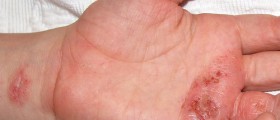

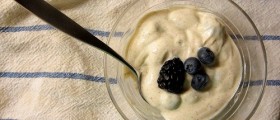




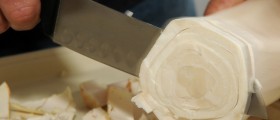



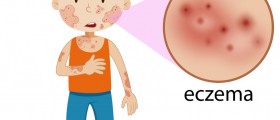
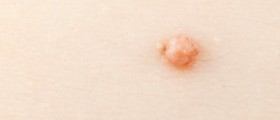
Your thoughts on this
Loading...